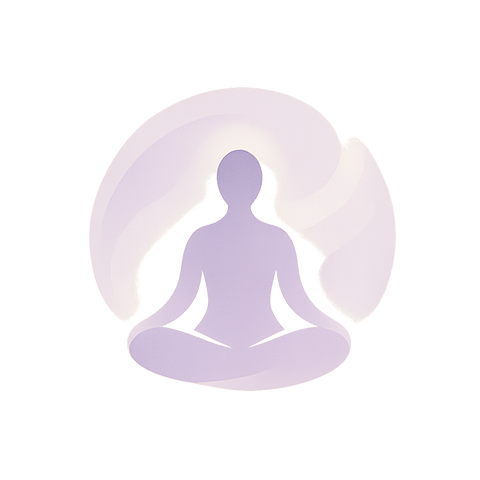Mastering Emotion Filtering: A Key to Self-Reflection
In our fast-paced world, feelings can often seem overwhelming. We experience a cascade of emotions throughout our day—joy, anxiety, frustration, and everything in between. This emotional whirlwind can cloud our judgment, making it difficult to engage in authentic self-reflection. That’s where emotion filtering comes into play.
Understanding Emotion Filtering
Emotion filtering is the process of recognizing and categorizing our emotions to better understand their origin and impact on our thoughts and behaviors. By filtering out the noise of fleeting feelings, we gain clarity and insight into our inner selves. Imagine standing in the midst of a storm, where winds of anxiety and waves of sadness threaten to pull you under. Emotion filtering allows you to find a place of calm amidst the chaos, offering a clear viewpoint to assess your emotional landscape.
The Importance of Self-Reflection
Self-reflection is a vital practice for personal growth and emotional well-being. It encourages us to take a step back, examine our thoughts, and understand the emotional triggers that shape our reactions. When we filter our emotions, we can transcend mere reactions and move toward meaningful responses. This conscious engagement fuels our understanding of ourselves, fostering deeper connections with others and enhancing our overall emotional intelligence.
Steps to Mastering Emotion Filtering
1. Pause and Breathe: When emotions run high, take a moment to pause. Deep breaths help center you, creating space between you and the tumultuous feelings.
2. Name Your Feelings: Identifying your emotions is the first step in filtering them. Are you feeling anger, sadness, or perhaps something else? Naming it helps to reduce its power.
3. Analyze the Source: Ask yourself why you are feeling this way. Are your feelings based on past experiences, fears, or current circumstances? Understanding the root can help in filtering the emotion more effectively.
4. Separate Reaction from Response: Emotional reactions can be immediate, but responses can be deliberate and thoughtful. Choose to respond to your feelings with intention.
5. Reflect and Learn: After filtering, use your insights to pursue personal growth. What have you learned about yourself, and how can you use this knowledge in future situations?
Embracing the Journey
Mastering emotion filtering is not an overnight process. It requires patience and practice. However, the rewards of intentional self-reflection are profound. With each step toward better understanding your emotions, you grow more adept at navigating the complexities of life. You’ll find yourself equipped not only to handle your feelings but also to embrace them, transforming potential turmoil into valuable opportunities for personal development.



